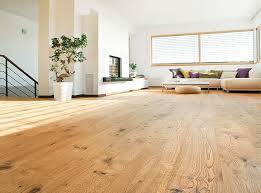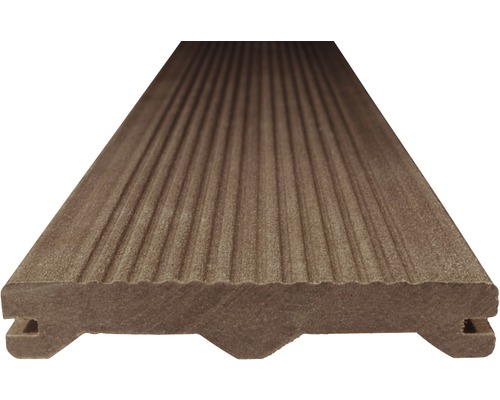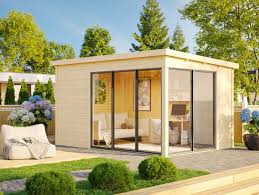
Wooden Floors vs. Carpet: A Comparison
Wooden flooring, a classic option for many homeowners, is a timeless design and an enduring appeal. It doesn’t matter if you’re looking at it as a new home or an upgrade, understanding the essential aspects of wooden floor (drevená podlaha) will aid you in making an informed decision.
Types of Wooden Floors:
Solid Hardwood: Created out of a single piece wood, solid hardwood floors are known for their durability and can be refinished many times. Common species include oak, maple, and walnut with each having distinct grains and hues.
Engineered Hardwood consists of a top layer of real wood veneer that is layered with plywood or high-density fiberboard, engineered hardwood provides stability and is less prone to fluctuations in temperature and humidity. It is a great choice for places that are prone to humidity.
Benefits:
Aesthetic Appeal: Wooden floors add warmth and elegance to any space. They’re natural and beautiful, which can improve the appearance of contemporary and traditional interiors.
Durability Hardwood floors are durable and will last for years when properly cared for. They are less likely to scratch or chip compared to other flooring options.
Higher Home Value: Houses with wooden flooring often experience a boost in resale value, as they are a popular feature for many buyers.
Easy maintenance: Regular sweeping as well as occasional mopping are usually sufficient to maintain wooden flooring. They are also easier to clean compared to carpets, which trap dust and allergens.
Installation and Care:
Install: Wooden floors can be installed using various methods that include nail-down, glue down, or floating techniques. The choice of method can be based on the type of wood and subfloor conditions.
Maintenance: To preserve the finish, limit water use during cleaning and protect furniture with pads to prevent scratches. Refinishing may be necessary over time to restore the floor’s original luster.
Considerations:
Prices: Wooden floors can be more expensive than other types of flooring in both the materials used and their installation. However, their longevity often justifies the initial investment.
Wood’s ability to adapt to climate conditions: It can expand and contract with changes in humidity, so consider your local climate and select a kind of wood and a method for installation that accommodates it.
In sum, wooden floors are a attractive, durable option that will increase its value to your home. If they are maintained properly they can provide long-lasting beauty and practicality.




